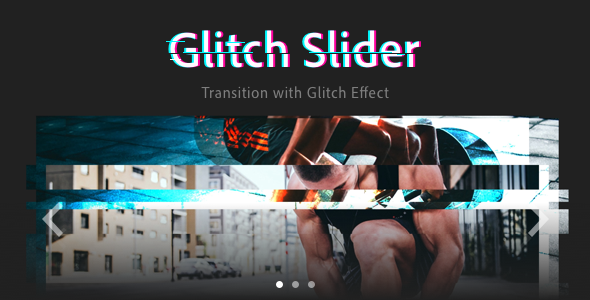Installation
1. Include Glitch Slider’s files on your page:
- js / jquery-3.3.1.min.js (if you don’t have jQuery linked already)
- js / glitch-slider.js
- css / glitch-slider.css
<script src="./js/jquery-3.3.1.min.js"></script> <script src="./js/glitch-slider.js"></script> <link rel="stylesheet" href="./css/glitch-slider.css">
2. You need to have structure in HTML page like this:
<div id="glitch-slider"> <img src="image-3.jpg"> <img src="image-2.jpg"> <img src="image-1.jpg"> </div>
Each <img> tag will be slider frame. Use as much <img> tags as you need wrapped into <div> with `glitch-slider` ID.
Settings
The `glitch-slider.js` file has available the following settings at the end of the file:
- `speed` – time in milliseconds between transitions
- `buttons` – enable / disable navigation buttons
For the best result use image size the same like `glitch-slider` container size.
Kindly Note: We update new contents like WordPress Themes, Plugins, PHP Scripts everyday. But remember that you should never use this items in a commercial website. All the contents posted here for development & testing purpose only. We’re not responsible for any damage, use at your own RISK! We highly recommend to buy Glitch Slider — Expressive Transition Effect from the The Developer ( EasyTools ) website. Thank you.
Download = Glitch Slider — Expressive Transition Effect-[Updated].zip

